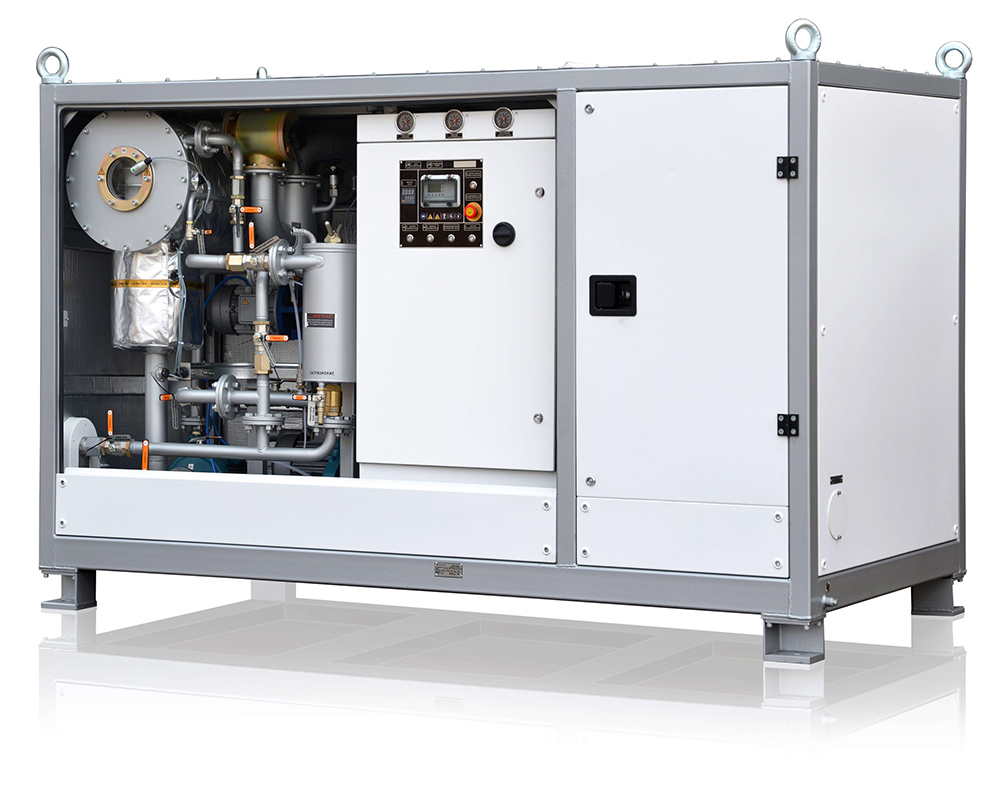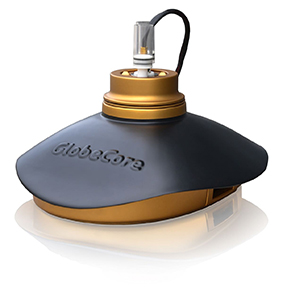How is the dielectric test of transformer oil conducted?
- This topic has 1 reply, 2 voices, and was last updated 1 year, 4 months ago by .
Answers
-
September 3, 2024 at 6:25 am by Oliver Andersen
The dielectric test of transformer oil is conducted by following a systematic procedure to evaluate the insulation properties of the oil, ensuring it meets the necessary specifications for safe and efficient operation. Initially, the transformer oil sample is collected and prepared in a clean container to avoid contamination. The test apparatus typically includes a dielectric strength tester, often a ASTM D1816 compliant device. The oil is poured into the testing cup of the apparatus, and the electrodes are placed at a specific distance apart, usually between 2.5 mm to 4.0 mm, depending on the equipment specification. The voltage is then gradually increased until dielectric breakdown occurs, which is indicated by a spark or arc between the electrodes. The breakdown voltage is recorded, providing a measurement of the oil’s dielectric strength. This test should be conducted under controlled temperature conditions, typically between 20°C to 25°C, to ensure accuracy. Results from the dielectric test of transformer oil help determine the oil’s suitability for use and its ability to insulate and protect electrical components from failure due to electrical breakdown. Regular testing is essential for maintaining transformer reliability and longevity.



